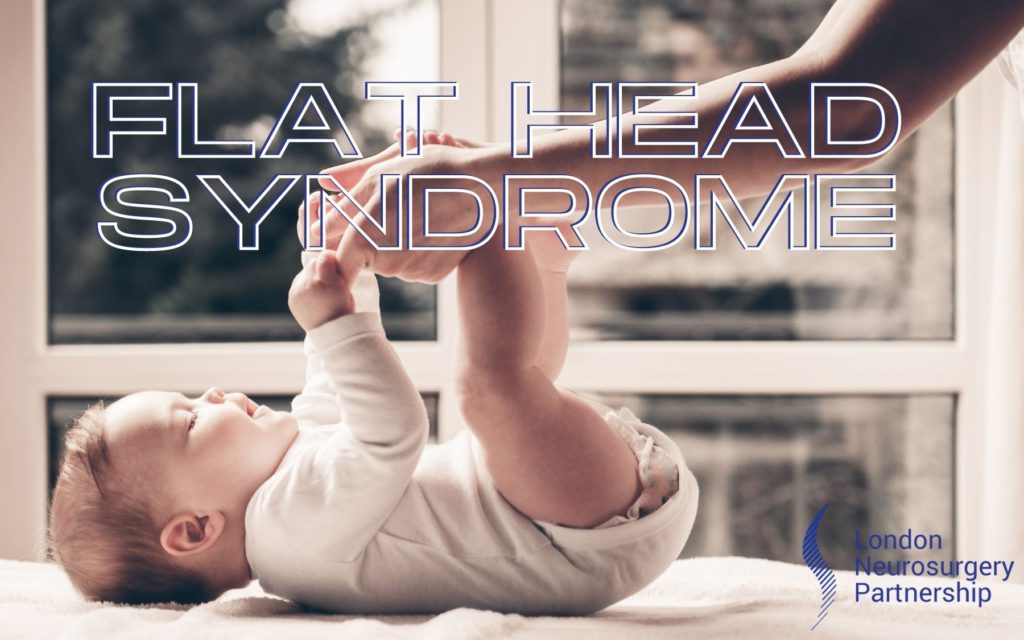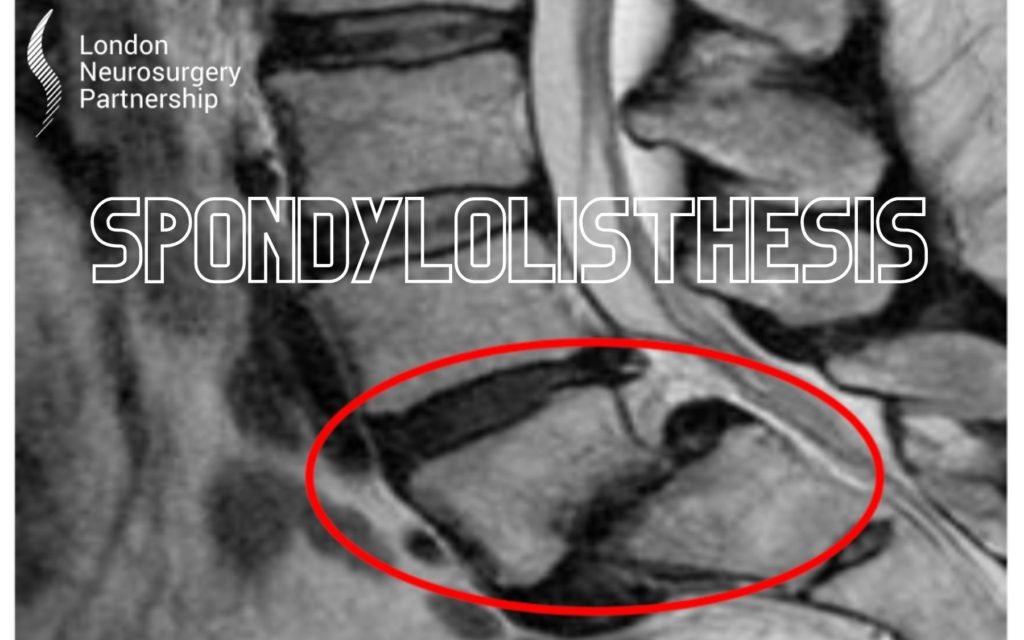
A schwannoma is a tumour which develops in the peripheral nervous system (the nerve system relating to systems other than the spine and brain). Schwannomas develop from Schwann cells; these are cells which form a myelin sheath for myelinated nerves. The myelin sheath acts as a protective layer for nerve fibres. These Schwann cells can grow from this protective later into a tumour called a schwannoma. Once they start to grow, they form a lump under the skin.
Schwannomas can start anywhere in the body. Their severity depends on whether they are benign (non-cancerous) or malignant (cancerous). In most cases, schwannomas are benign.
If benign schwannomas are small and are not affecting nearby nerves, they are not considered serious. However, malignant schwannomas can put pressure on nerves and require treatment.
A vestibular schwannoma is one of the most common types. The vestibular nerve is the nerve responsible for balance. However, this type of schwannoma doesn’t just affect balance, it can also cause deafness.
Did you know? Schwann cells were coined by Theodor Schwann, who discovered them in the 19th century.
Symptoms
As mentioned above, once a schwannoma is putting pressure on the nerve, a bump under the skin can appear. Depending on which limb the schwannoma is located, and it’s whereabouts and size, other symptoms include…
- Weak muscles
- Tinnitus
- Numbness
- Difficulty swallowing
- Co-ordination difficulties
- Back or neck pain at night
- Despite the signs above, there are some schwannomas which do not produce any symptoms.
Diagnosing
Diagnosing a schwannoma can occur through a variety of different ways by a doctor. Once a general health check has been done, and sometimes a blood test, methods for identifying a schwannoma are…
- CT Scan
- MRI Scan
- Nerve Conduction Study
- Tumor Biopsy
- Nerve Biopsy
Causes
Schwannomas can be inherited from conditions such as Neurofibromatosis II (NF2). NF2 is a condition which causes tumours to grow along your nerves, usually the ones responsible for hearing and balance.
Despite this, most schwannomas are not inherited and it’s unknown why they develop.
Treatment
Depending on whether a schwannoma is malignant or benign, there are different options for treatment.
If they are small, benign, and not putting pressure on nerves, it’s possible they can be observed by a doctor or specialist over time with MRI scans. Benign tumours can also be surgically removed with the aim of keeping the nerve fully intact.
However, if the schwannoma is malignant, growing in size and causing discomfort to the individual, treatment such as surgery, radiotherapy or chemotherapy can be used.
Following successful surgery, recurrences of schwannomas are rare.
This article is intended to inform and give insight but not treat, diagnose or replace the advice of a doctor. Always seek medical advice with any questions regarding a medical condition.
Back to facial pain conditions or pain management.





0 Comments